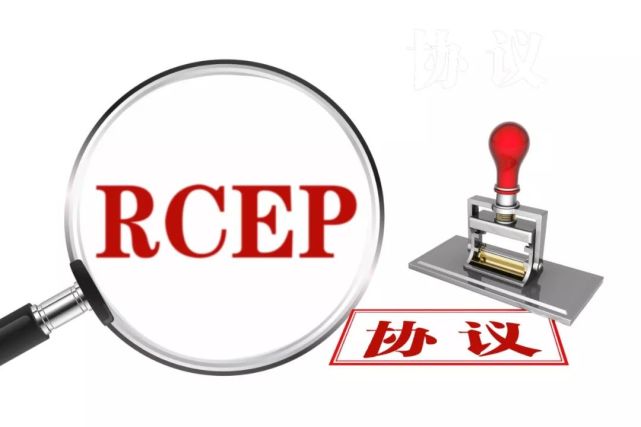[ abstract ]According to the statistics by 2018, the 15 member countries of the Agreement will cover about 2.3 billion people in the world, accounting for 30% of the global population; The total GDP exceeds 25 trillion US dollars, and the region included will become the world's largest free trade area.
On the 15th, the signing ceremony of the Regional Comprehensive Economic Partnership Agreement (RCEP) was held via video, and the ministers of economy and trade of the 15 member countries officially signed the agreement. The signing of the agreement marks the successful start of the construction of East Asia Free Trade Area with the largest population, the most diverse membership structure and the greatest development potential in the world.
Eight years of "long-distance running" ended in "hitting the line"
The agreement was initiated by 10 ASEAN countries, and six dialogue partner countries including China, Japan, South Korea, Australia, New Zealand and India were invited to participate in the agreement, aiming to establish a free trade agreement with 16 countries to unify the market by reducing tariff and non-tariff barriers.
The negotiations were officially launched in November 2012, covering more than 10 fields, including small and medium-sized enterprises, investment, economic and technological cooperation, trade in goods and services, etc;
In seven years, after three leaders' meetings, 19 ministerial meetings, 28 rounds of formal negotiations;
On November 4, 2019, the third leaders' meeting of the Regional Comprehensive Economic Partnership Agreement issued a joint statement, announcing that the 15 member countries had ended all text negotiations and virtually all market access negotiations, and would start the review of legal texts. India had not joined the agreement for the time being because "there are important issues that have not yet been resolved".
Total GDP exceeds 25 trillion US dollars
Covering 30% of the world's population
Zhang Jianping, director of the Regional Economic Research Center of the Research Institute of the Ministry of Commerce, said that the Regional Comprehensive Economic Partnership Agreement is characterized by a large economy and strong inclusiveness.
According to the statistics by 2018, the 15 member countries of the Agreement will cover about 2.3 billion people in the world, accounting for 30% of the global population; The total GDP exceeds 25 trillion US dollars, and the region included will become the world's largest free trade area.
Compared with other free trade agreements in operation around the world, the Regional Comprehensive Economic Partnership Agreement is a new type of free trade agreement with greater inclusiveness. The agreement not only covers issues such as trade in goods, dispute settlement, trade in services and investment, but also involves new issues such as intellectual property rights, digital trade, finance and telecommunications.
News Watch Features of the Regional Comprehensive Economic Partnership Agreement
(Australian wool+Chinese cloth+Thai ready-made clothes) × duty-free=trade creation
The original intention of the agreement is to form a unified rule system in the region, reduce operating costs, and reduce the risk of operational uncertainty. The supply chain and value chain are formed according to the regional comparative advantage, and the flow of goods, technology, services and capital is accelerated to form the "trade creation" effect. All enterprises in the region can participate in the value accumulation of origin, which is of great benefit to promoting mutual trade and investment in the region.

Take the production of ready-made clothes as an example. The import of ready-made clothes from outside the country has to pay a certain tariff, and the tariff cost is ultimately apportioned to consumers. After the agreement is signed, the situation will change. Wool produced in Australia can enter China duty-free, and then be woven into cloth in China and exported to Thailand duty-free to make ready to wear clothes. In this process, in view of the tariff advantage of the agreement, the cost of garment production and transportation has been greatly reduced. While driving the employment of countries in the region, businesses and consumers can also get more benefits.
More e-commerce opportunities, less barriers for SMEs
The agreement closely follows the development trend of global trade and incorporates many new forms of trade, including e-commerce. In addition to e-commerce, the agreement also includes intellectual property rights, competition policy, government procurement, small and medium-sized enterprises, etc., which exceeds the scope of WTO regulations.

In addition, consumers and enterprises that rely on countries in the region to import raw materials and parts will benefit from the elimination of tariff and non-tariff barriers, which will greatly reduce costs. Consumers will be able to buy high-quality and inexpensive products from countries in the region, and the "threshold" for SMEs to enter countries in the region will be greatly reduced. In terms of operation mode, the overall level of openness of goods trade among countries in the agreement exceeds 90%, which is far higher than that of WTO countries. In terms of investment, the agreement adopts a more efficient negative list to negotiate investment access.